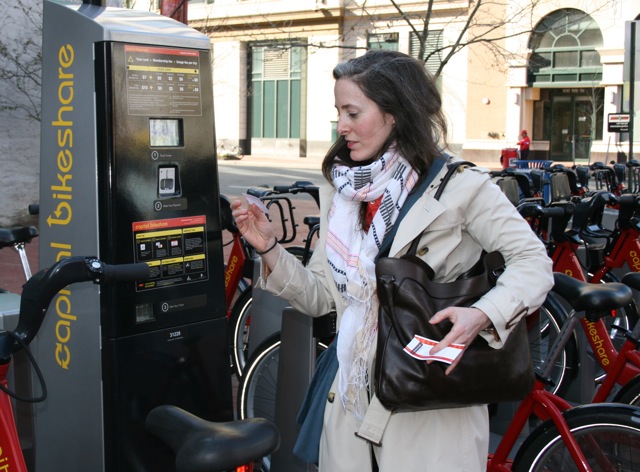Time was, not so long ago, that every true New Yorker had eaten a hot pretzel sold on a street cart at least once. And, if you were a tourist, that was part of your "New York experience."
As often as not, we bought those pretzels from the same carts that sold hot dogs--usually the Sabrett's brand. You could find such carts in just about every neighborhood in the five boroughs, and, it seemed, on nearly every corner in the busier parts of Midtown and Downtown Manhattan.
But I've noticed that in the past fifteen years or so, those carts have been disappearing. Or, perhaps, I just don't notice the existing ones as much, as The Big Apple's street food offerings have become more diverse. Now it's possible to find carts and trucks from which crepes, waffles, fried chicken, various Middle Eastern and Indo-Pakistani delicacies, sushi and even Maine Lobster rolls are vended. Back in the day, carts that sold pretzels and Sabrett's hot dogs pretty much were New York street food.
Truth be told, most of the time the pretzels weren't that good. Usually, when you bought one, it spent hours over the warmer, so it was probably as dry as the salt crystals that coated its top. Now, I don't claim to be a pretzel aficianado, but if I'm going to eat a big, hot pretzel, I want it to be chewy. If I want hard pretzels, I'll stick to the smaller ones that you can buy in most grocery stores.
Anyway, as those Sabrett's carts have disappeared in New York, I've noticed another kind of pretzel. I found this sample on a Tribeca street today:
That doesn't even come close to being the worst I've seen. Here's something even more bent:
When I worked in bike shops, we used to say such wheels were "pretzeled". But a wheel like that can only be found in the Big Apple, I think.
The street pretzel vendors of yore didn't seem to realize that it doesn't take very long to turn something into a pretzel--which is the reason why their snacks were usually dry and hard. But seriously: Once I parked on a street near the UN for about 45 minutes. That's all it took to turn my rear wheel into one of those twisted treasures. The difference is, the New York pretzels on bikes can't be made edible by slathering them with mustard!
As often as not, we bought those pretzels from the same carts that sold hot dogs--usually the Sabrett's brand. You could find such carts in just about every neighborhood in the five boroughs, and, it seemed, on nearly every corner in the busier parts of Midtown and Downtown Manhattan.
 |
| By Francisco Companioni |
But I've noticed that in the past fifteen years or so, those carts have been disappearing. Or, perhaps, I just don't notice the existing ones as much, as The Big Apple's street food offerings have become more diverse. Now it's possible to find carts and trucks from which crepes, waffles, fried chicken, various Middle Eastern and Indo-Pakistani delicacies, sushi and even Maine Lobster rolls are vended. Back in the day, carts that sold pretzels and Sabrett's hot dogs pretty much were New York street food.
Truth be told, most of the time the pretzels weren't that good. Usually, when you bought one, it spent hours over the warmer, so it was probably as dry as the salt crystals that coated its top. Now, I don't claim to be a pretzel aficianado, but if I'm going to eat a big, hot pretzel, I want it to be chewy. If I want hard pretzels, I'll stick to the smaller ones that you can buy in most grocery stores.
Anyway, as those Sabrett's carts have disappeared in New York, I've noticed another kind of pretzel. I found this sample on a Tribeca street today:
That doesn't even come close to being the worst I've seen. Here's something even more bent:
 |
| From Abandoned Bicycles of New York |
When I worked in bike shops, we used to say such wheels were "pretzeled". But a wheel like that can only be found in the Big Apple, I think.
The street pretzel vendors of yore didn't seem to realize that it doesn't take very long to turn something into a pretzel--which is the reason why their snacks were usually dry and hard. But seriously: Once I parked on a street near the UN for about 45 minutes. That's all it took to turn my rear wheel into one of those twisted treasures. The difference is, the New York pretzels on bikes can't be made edible by slathering them with mustard!



















